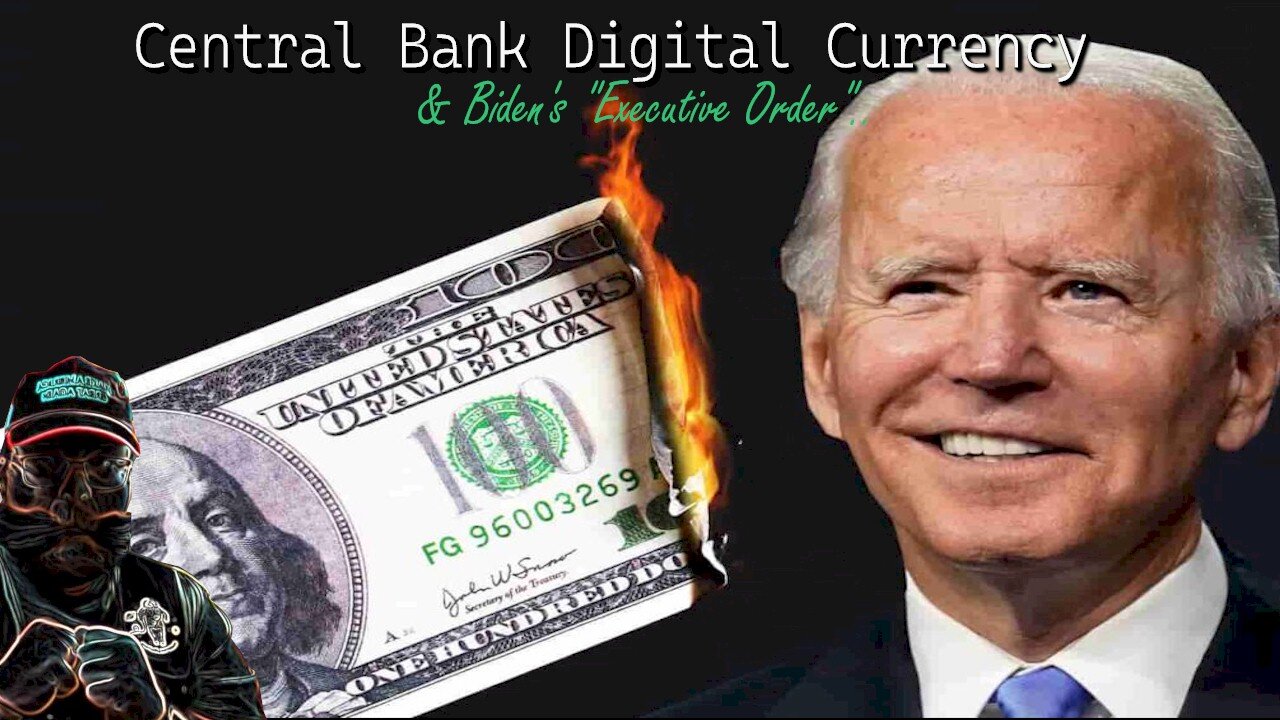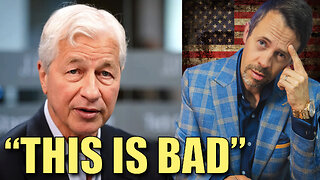Premium Only Content

Let me start by thanking the Atlantic Council for providing a fitting venue to discuss central banks’ forays into Digital Currencies.
Since its founding in 1961, the Council has made important contributions to strategic, political, and economic policy debates. Those debates have served us well, helping us to test the boundaries of our thinking and be better prepared for what lies ahead.
So, today, we aim to test our thinking again. We have moved beyond conceptual discussions of CBDCs and we are now in the phase of experimentation. Central banks are rolling up their sleeves and familiarizing themselves with the bits and bytes of digital money.
These are still early days for CBDCs and we don’t quite know how far and how fast they will go. What we know is that central banks are building capacity to harness new technologies—to be ready for what may lie ahead.
If CBDCs are designed prudently, they can potentially offer more resilience, more safety, greater availability, and lower costs than private forms of digital money. That is clearly the case when compared to unbacked crypto assets that are inherently volatile. And even the better managed and regulated stablecoins may not be quite a match against a stable and well‑designed central bank digital currency.
We know that the move towards CBDCs is gaining momentum, driven by the ingenuity of Central Banks.
All told, around 100 countries are exploring CBDCs at one level or another. Some researching, some testing, and a few already distributing CBDC to the public.
In the Bahamas, the Sand Dollar—the local CBDC—has been in circulation for more than a year.
Sweden’s Riksbank has developed a proof of concept and is exploring the technology and policy implications of CBDC.
In China, the digital renminbi [called e-CNY,] continues to progress with more than a hundred million individual users and billions of yuan in transactions.
And, just last month, the Federal Reserve issued a report that noted that “a CBDC could fundamentally change the structure of the U.S. financial system.”[i]
As you might expect, the IMF is deeply involved in this issue, including through providing technical assistance to many members. An important role for the Fund is to promote exchange of experience and support the interoperability of CBDCs.
As part of the service to our members, today we are publishing a paper that shines a spotlight on the experiences of six Central Banks at the frontier—including China and Sweden—to be covered in the panel discussion following my remarks.
-
 2:57:12
2:57:12
TimcastIRL
12 hours agoDems SHUTDOWN Government For NO KINGS Insurrection, Block Police Pay | Timcast IRL
501K157 -
 12:35
12:35
Adam Something
4 days agoTesla Cybertruck: A Tragedy On Four Wheels
11.6K7 -
 8:22
8:22
Silver Dragons
18 hours agoAre Silver Rounds Really the BEST SILVER to Stack Right Now?
9.18K9 -
 19:52
19:52
Neil McCoy-Ward
19 hours ago🚨 The Global Financial Collapse May Have Already Started 🔥
10.9K3 -
 LIVE
LIVE
BEK TV
23 hours agoTrent Loos in the Morning - 10/14/2025
104 watching -
 10:12
10:12
Ken LaCorte: Elephants in Rooms
17 hours ago $0.91 earnedIt's not just about intelligence
10.5K3 -
 1:43
1:43
NAG Daily
15 hours agoNEWS HEADLINES FOR DUMMIES W/GREENMAN REPORTS
8.64K2 -
 26:48
26:48
Anthony Rogers
15 hours agoCandlebox Interview — Daytona Speedway
9.61K1 -
 8:19
8:19
MattMorseTV
17 hours ago $11.34 earnedSchumer’s SECRET PLAN just got LEAKED.
23.6K48 -
 2:50:34
2:50:34
Side Scrollers Podcast
21 hours agoTony Blair SHILLS For Digital ID + UK BLOCKS 4Chan + Hasan DogGate ESCALATES + More | Side Scrollers
82.5K19